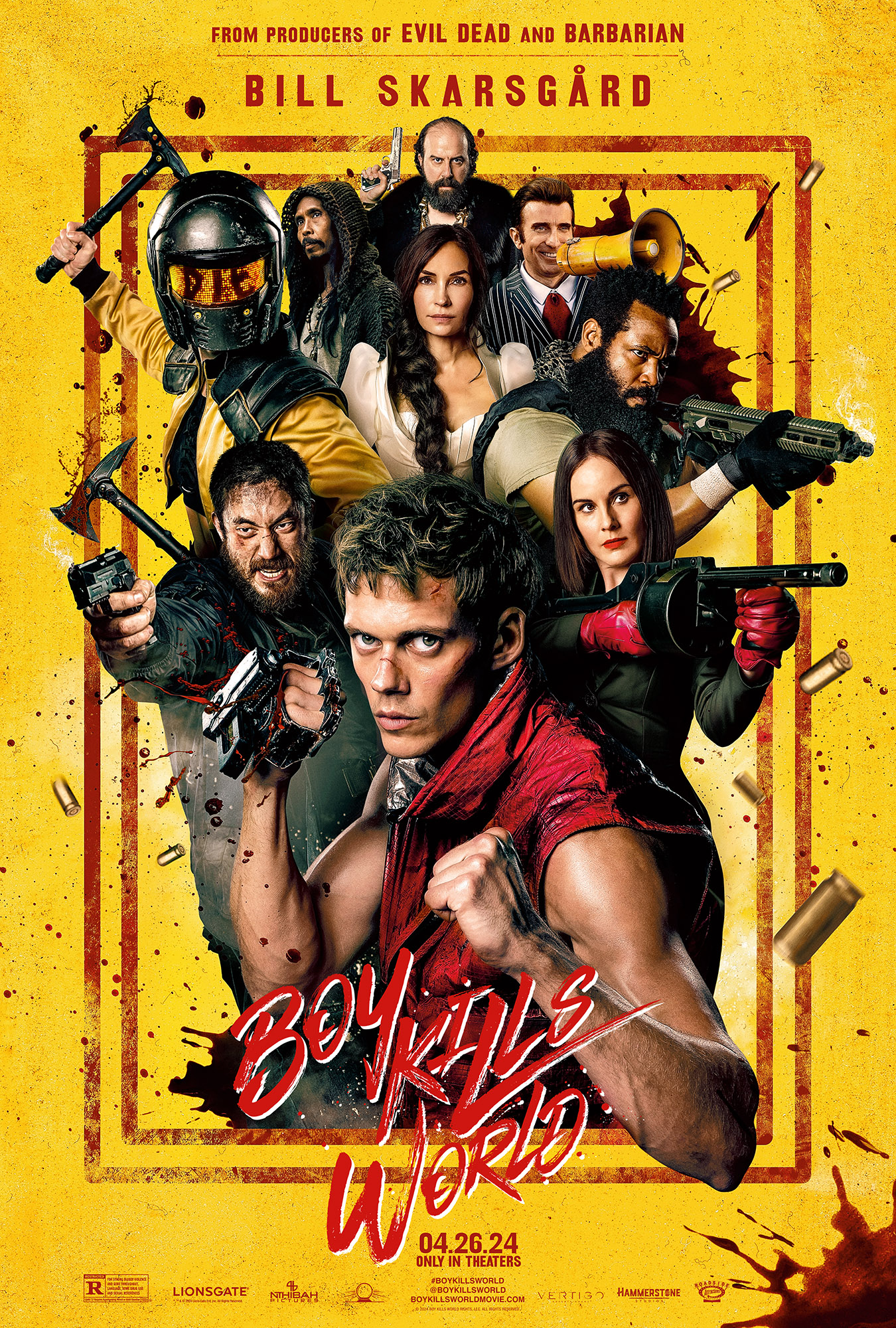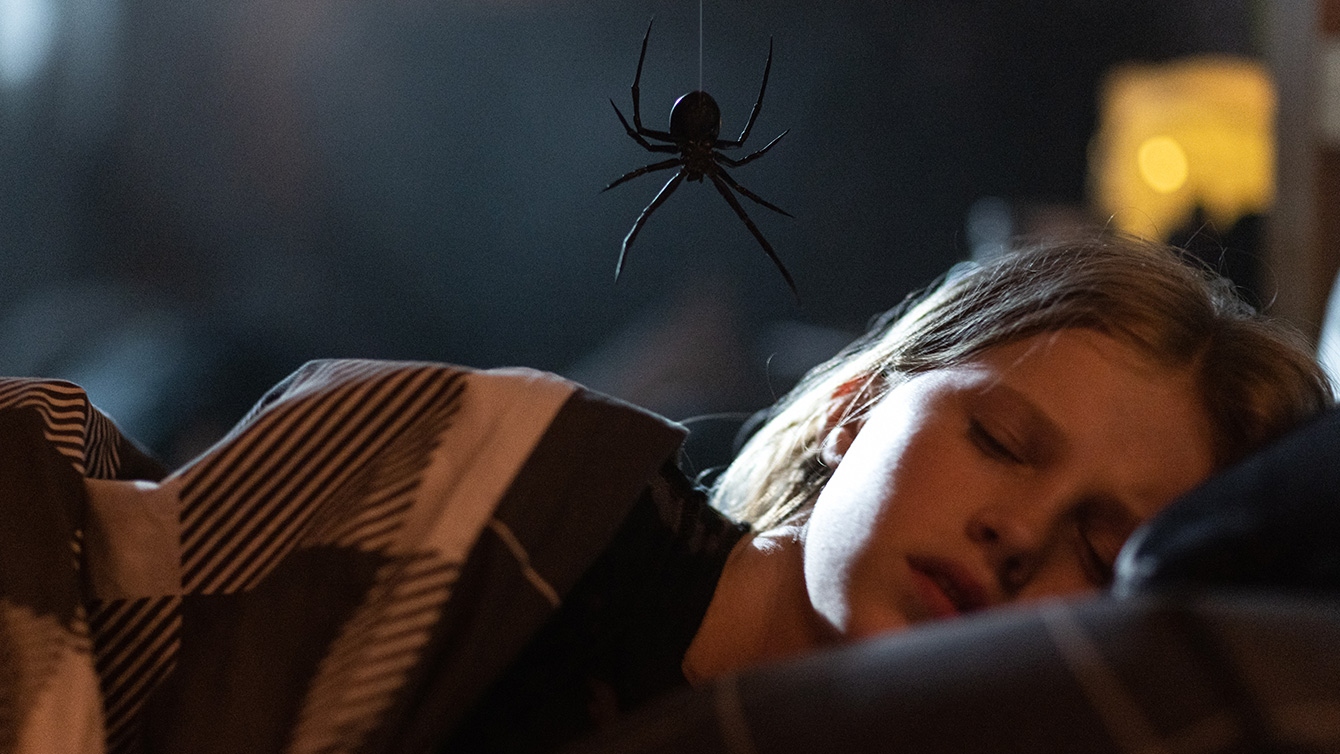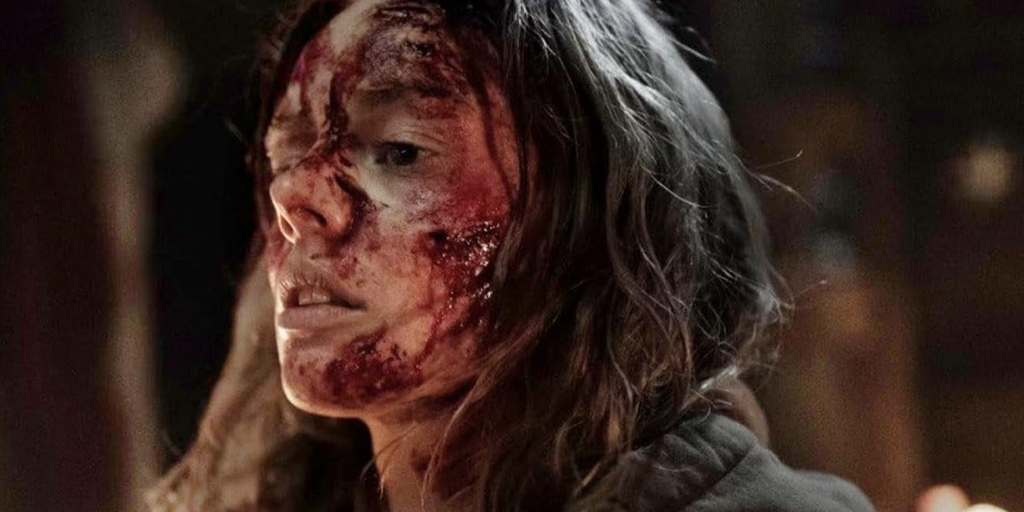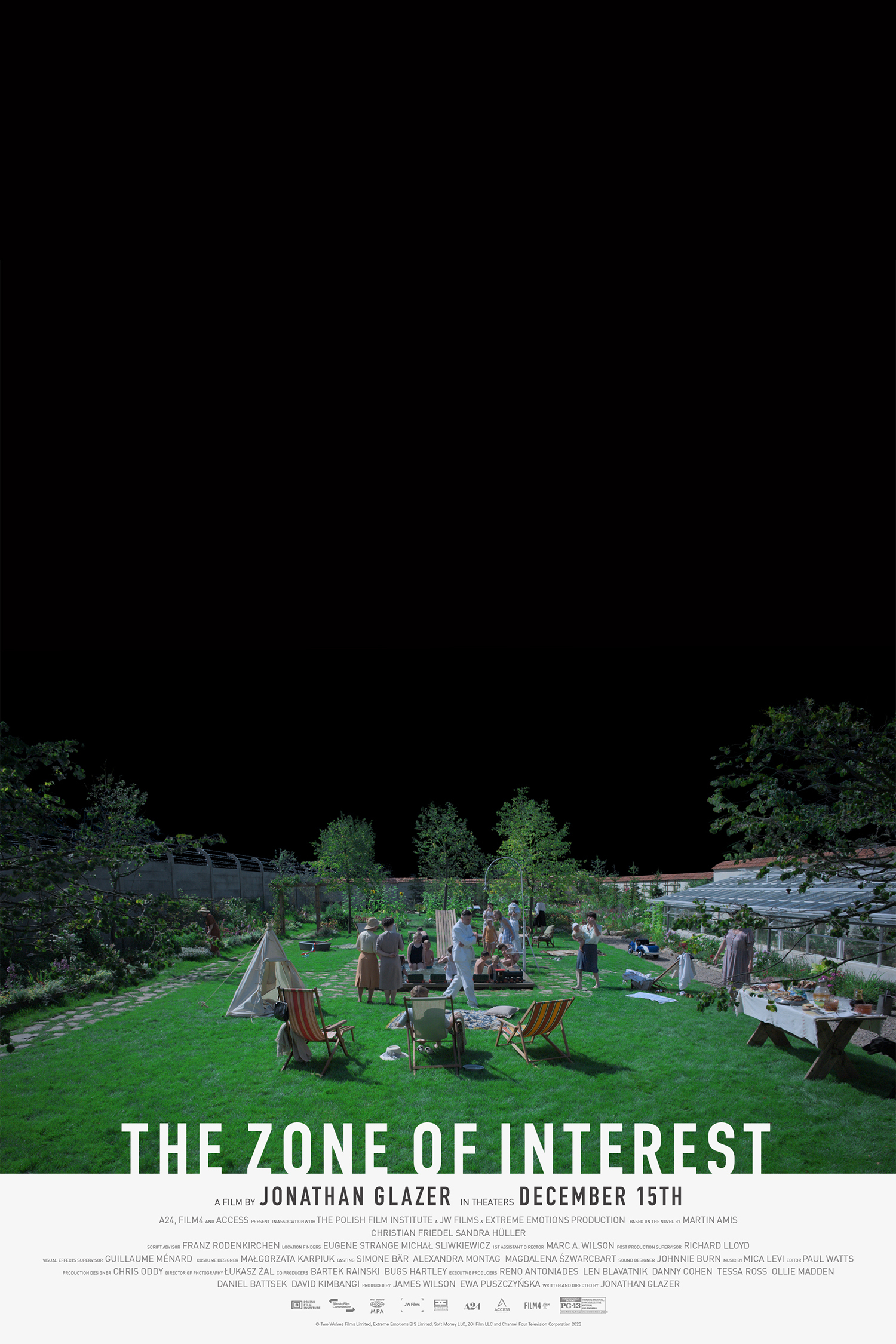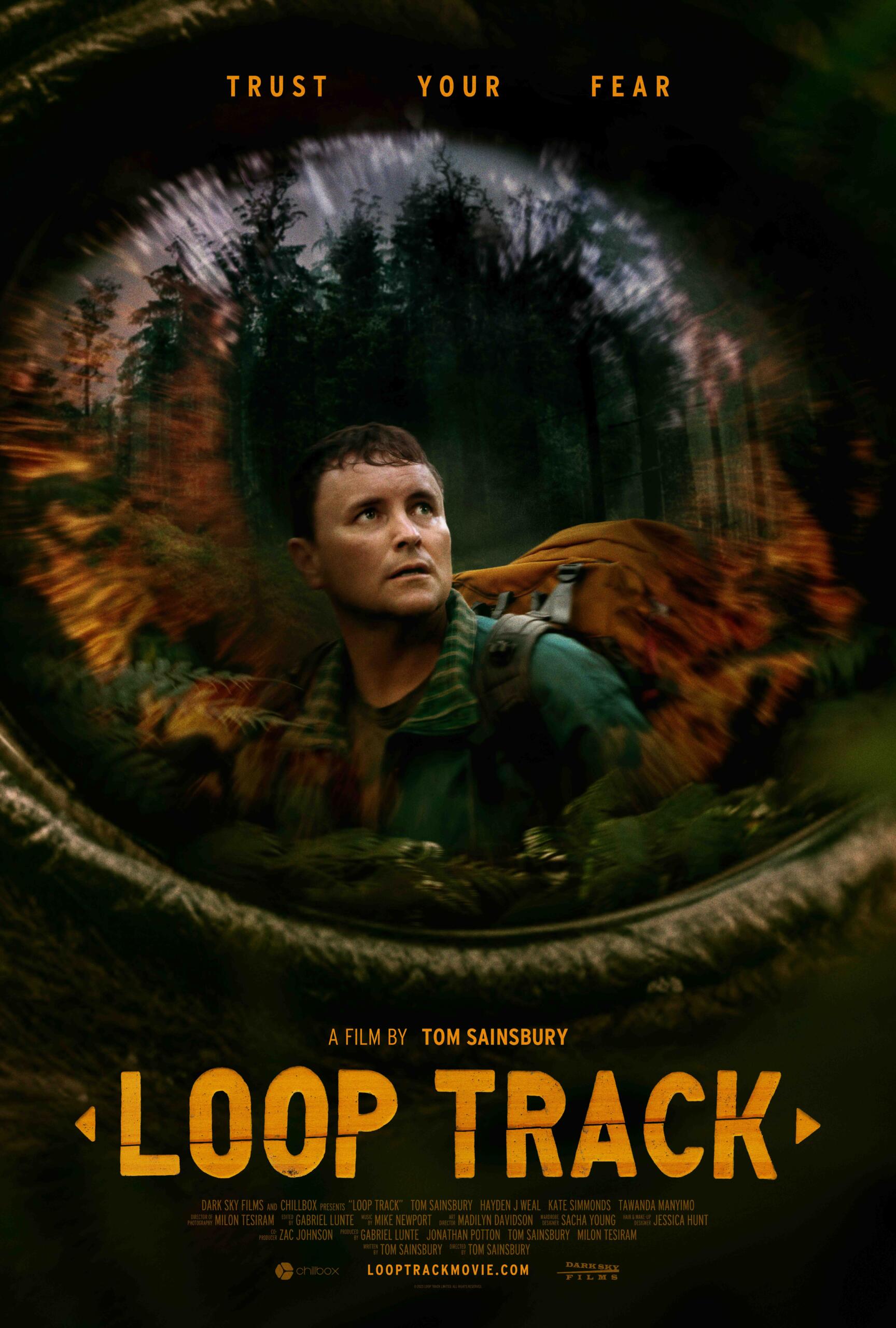Starring: Bill Skarsgard, Famke Jannsen and Jessica Rothe
Directed by:
Rated: R
Running Time: 111 minutes
Roadside Attraction/Lionsgate
Our Score: 3.5 out of 5 Stars
It’s very hard to pull off an action comedy that’s been punched up with different genres like sci-fi and horror. It’s definitely possible, Simon Pegg and Nick Frost basically pulled it off three times. But there are other films that pull it off by going balls to wall with bone crunching kung-fu fighting, deranged, yet hilarious violence, and creating a world of Looney Toons absurdism. Those are films like “Boy Kills World.”
Boy (Bill Skarsgard) is being trained by a mystery hobo ninja in the woods surrounding a post-Apocalyptic “Hunger Games” matriarchy-run city. Boy, when he’s fully realized his potential and goal as the ultimate weapon, is to beat the Van Der Koy family (Famke Janssen, Michelle Dockery, Brett Gelman and Sharlto Copley) to death with his crackling fists. He thirsts for Van Der Koy blood because his family was murdered at their hands, including his best friend, his little sister, who still talks to him, and dog him like little sisters do, as a guiding spirit. Oh, and because Boy is deaf and mute, and doesn’t remember his voice, his inner voice is H. Jon Benjamin.
While starting a little slow, like a warm-up jog, the film goes full slugfest, shootout bonkers when Boy realizes it’s time to fulfill his goal. While it could be visually taxing to wrap yourself around the the sweat, blood-covered Skarsgard dispensing bad guys with horrific weapons like a cheese grater, with Bob Belcher’s voice, the movie cleverly uses them separately and together throughout the film to let the action remain thrilling and the comedy to remain uproarious. As a viewer, we do end up admiring Boy because his emotional layers are peeled back through Skarsgard’s commanding eyes and his spirit ghost sister that pops up at inopportune times.
As for the action scenes, the majority hit the sweet spot between brutal believability and video game logic where you can kill people with a singular upper cut or have to spend 10 minutes bludgeoning your opponent to death. The film creates several traditional and bizarre set pieces for the Boy to play in, such as a weapons manufacturing warehouse and a candy winter wonderland of death populated by murderous sugary cereal mascots. While never worrying about how goofy the premise is, the film is serious about it’s fighting and choreography. In fact, the final fight scene is mapped out so well and pulled off with such high stakes fun, it’s worthy of “John Wick.”
The film does have some pacing issues here and there, and the plot sometimes gets in the way of the action. That wouldn’t be a problem if the plot was a little bit more straightforward because the twists and turns it makes don’t feel as satisfying. However, if you’re uncertain about what kind of film “Boy Kills World” might be, it’s important to note that Sam Raimi produced it. So even if “Boy Kills World” isn’t on par with a crazy action comedy orgy like “Kung Fu Hustle,” it is the kind of film you could fall in love with and watch over and over again.


